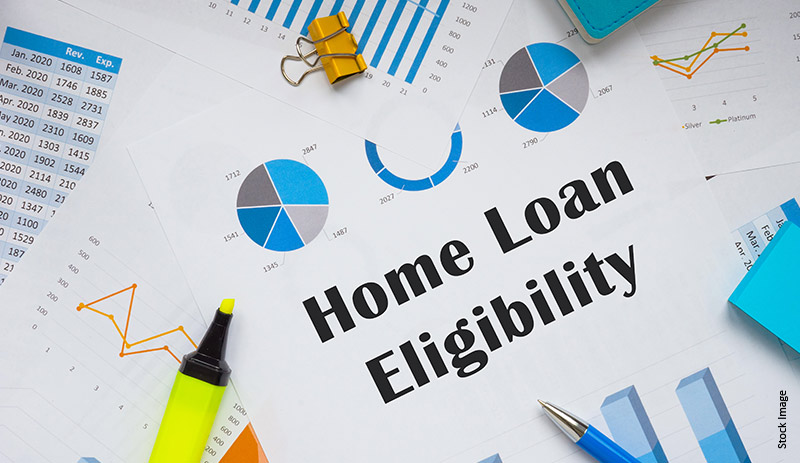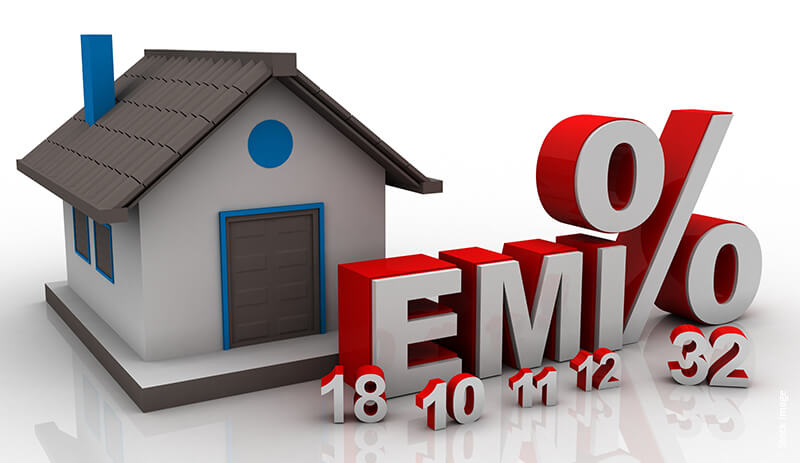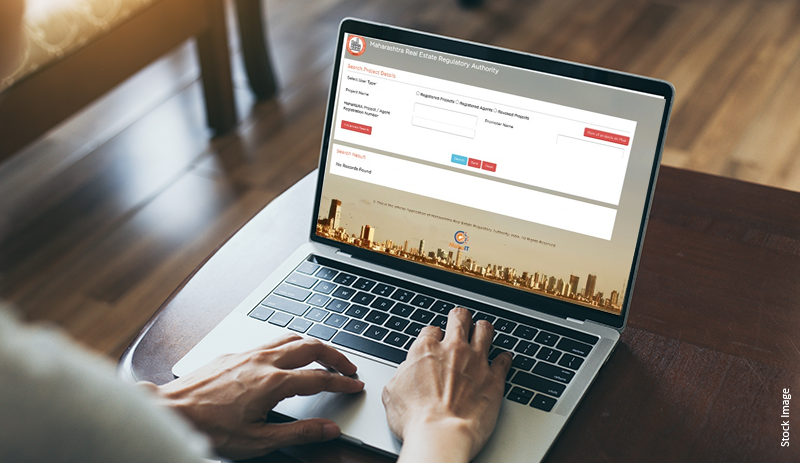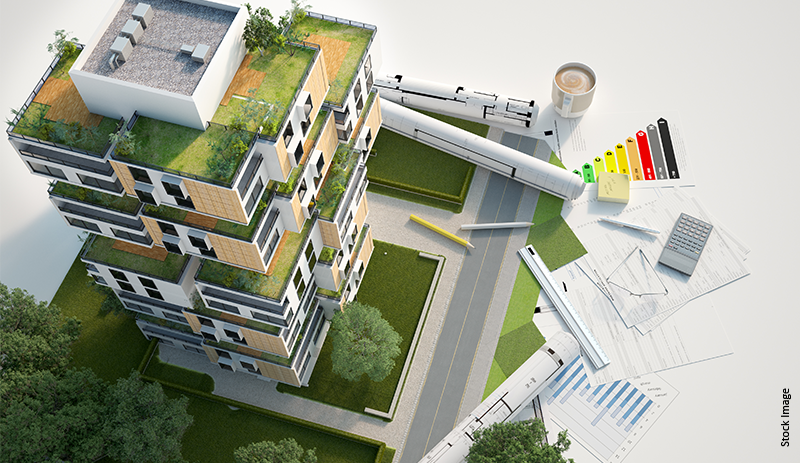Under its flagship “Housing for All” scheme, the Government of India extended income tax benefits for home loan borrowers and first-time homebuyers. Accordingly, a new section ‘80EE’ was inducted in the Income Tax Act in the financial year 2013-14. It was replaced with section 80EEA in 2019.
In this article, one can explore intricate details about section 80EEA of the Income Tax Act, including section 80EEA eligibility criteria, 80EEA deduction limit, and the differences between sections 80EE and 80EEA.
What is Section 80EEA?
As per the definition of section 80EEA of the Income Tax Act, it allows deduction in respect of interest on a loan taken for certain house property. The maximum limit for 80EEA exemption in a single financial year has been capped at ₹1.5 lakhs.
A homebuyer can claim this deduction of ₹1.5 lakhs over and above the deduction limit of ₹2 lakhs allowed under section 24 of the Income Tax Act. It means the total deduction that one can claim in a financial year under these two home loan interest deduction sections is ₹3.5 lakhs (₹2 lakhs under section 24 and ₹1.5 lakhs under section 80EEA).
Section 80 EEA has come into effect from 1st April,2020.
What are the Eligibility Criteria for Claiming the Section 80EEA Deduction?
To be eligible to claim tax deductions under the section 80EEA limit, a homebuyer needs to fulfil the following eligibility criteria:
- The deduction is available only for paying interest on a loan taken for buying a residential or housing property. Additionally, the loan must be taken from a recognised bank or a housing finance company and not from friends, relatives, or family members.
- Only first-time homebuyers are allowed to claim section 80EEA deduction. One should NOT be owning a pucca house anywhere in India on the date of the sanction of the housing loan.
- Only individual taxpayers can claim an 80EEA deduction. Other categories of taxpayers – including Hindu Undivided Families (HUFs), Body of Individuals (BOI), sole-proprietorship companies, and partnership firms – are not allowed to claim this deduction.
- The home loan must have been sanctioned between 1 April 2019 and 31 March 2022. The benefits available under this housing loan interest section were continued thereafter.
- The house property’s stamp value should not exceed ₹45 lakhs. It refers to the value of an immovable property assessed by a central or state government representative for the purpose of paying stamp duty.
- The carpet area of the housing property should not exceed 645 sq. ft. in specific metropolitan cities and 967 sq. ft. in other regions. Despite not being stated in section 80EEA, this condition finds a mention in the memorandum to the Finance Bill.
Other Points to Keep in Mind
Apart from the eligibility criteria mentioned above, a homebuyer must remember the following points before claiming a tax deduction under section 80EEA:
- This section does not define whether the benefits are available for Non-Resident Indians (NRIs). So, one can assume that both resident Indians and NRIs are allowed to claim the 80EEA deduction.
- The section also doesn’t define whether the house for which a loan is taken has to be self-occupied or not. So, again, one can assume that first-time homeowners who have rented their house can also claim the 80EEA deduction.
- In case a home loan is taken jointly, both co-owners can claima tax deduction of up to Rs. 1.5 lakh each. However, they must fulfil the eligibility criteria mentioned above.
A Comparison of Sections 80EE vs 80EEA
Section 80EEA replaced section 80EE in the Income Tax Act with effect from the financial year 2019-20. Although both sections seem quite similar to each other, there are some stark differences between the two. The table below depicts a comparison between sections 80EE and 80EEA based on various parameters:
| Parameters | Section 80EE | Section 80EEA |
| Maximum deduction limit | ₹50,000 | ₹1,50,000 |
| Loan sanction date | Between 1 April 2016 to 31 March 2017 | Between 1 April 2019 to 31 March 2022 |
| Loan amount | Must not exceed ₹35 lakhs | No limit on the loan amount |
| Property’s stamp value | Up to ₹50 lakhs | Up to ₹45 lakhs |
| Eligible taxpayers | Individuals only | Individuals and HUFs |
To Conclude
The provisions under section 80EEA of the Income Tax Act facilitate extended tax deductions of up to ₹1.5 lakhs for first-time homebuyers in India. One can claim this benefit over and above the deductions available under sections 24 and 80C. However, there are certain conditions that one needs to fulfil to claim an 80EEA deduction.
Although housing loans for luxury properties do not come under Section 80EEA deduction, they should not hinder potential investors from investing in premium properties like Piramal Realty.
Disclaimer- This article is based on the information publicly available for general use as well as reference links mentioned herein. We do not claim any responsibility regarding the genuineness of the same. The information provided herein does not, and is not intended to, constitute legal advice; instead, it is for general informational purposes only. We expressly disclaim /disown any liability, which may arise due to any decision taken by any person/s basis the article hereof. Readers should obtain separate advice with respect to any particular information provided herein.

















